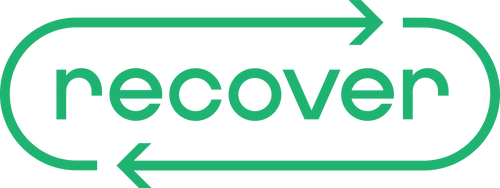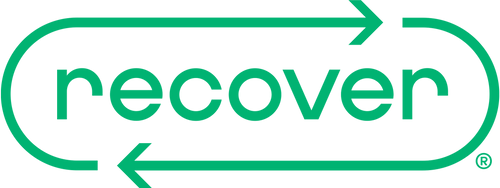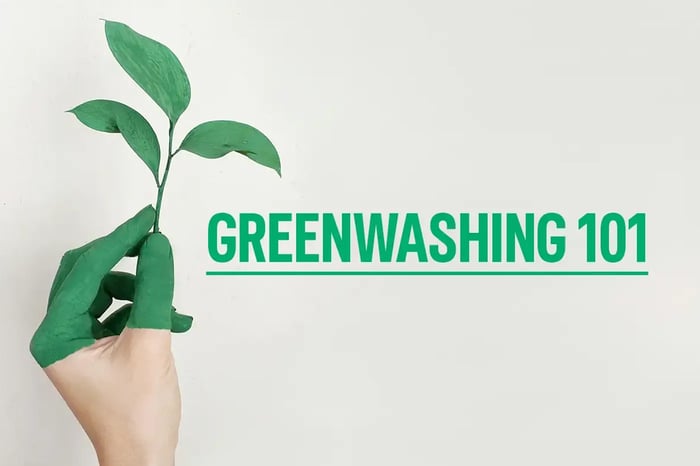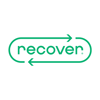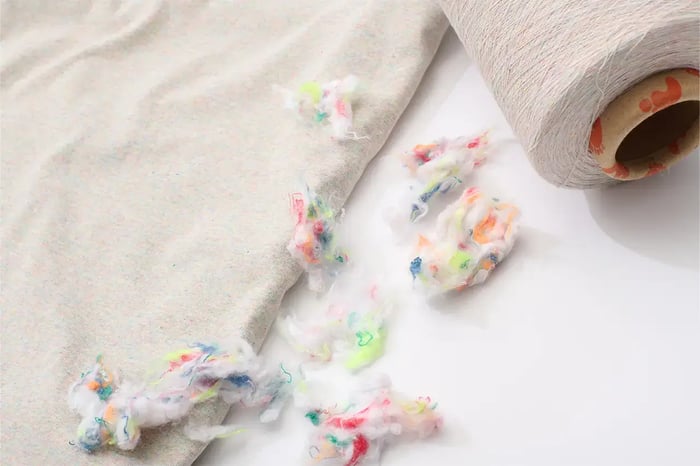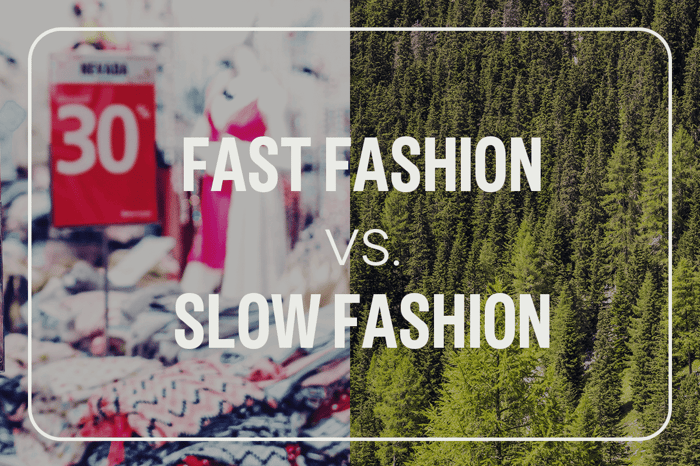What is Greenwashing?
As consumers increasingly place more value on the sustainable attributes of products and services, some companies have begun to capitalize off of this trend through deceptive marketing- also known as greenwashing.
Greenwashing is misrepresenting or drastically overrepresenting something as “sustainable.” It intentionally misleads consumers about the environmental benefits and initiatives of a product or practice, in an aim to capture profits from people who intend to make sustainable purchases. It is a strategy that unfortunately ends up tricking many environmentally conscious consumers.
How to Spot Greenwashing
Oftentimes, companies that employ greenwashing utilize vague claims of impact without providing any explanations. They also rely on suggestive nature-based imagery and use of the color green (hence greenwashing) while not defining any specific certifications or impact.
This practice also tends to overemphasize the only minimal sustainable feature of the product to make the product seem holistically sustainable. Sometimes, the only sustainable feature of a product subject to greenwashing is the packaging! Many companies like to highlight recycled or biodegradable packaging, which is great, but not when it is done so in a way that makes the product and company appear to be more sustainable than it actually is.
Additionally, larger companies will sometimes develop an eco line or green version of their original products. They tend to use small sustainable changes as a way to considerably mark up the product price to increase their profits. While these small changes can be a step in the right direction, they’re also a tell-tale sign that sustainability is not always prioritized by that company.
How to Avoid Greenwashing
It can be difficult to quickly decipher between greenwashing and actual sustainability. One quick way to ensure the validity of a sustainable claim is to look for certifications on the product packaging or website. Verified and credible certification logos for things like recycled content, organic content, fair trade, FSC, etc. can assure you that the product was produced with certain standards. Reading the full product label and tags can also give insight beyond the front-facing packaging and marketing.
Another way to gauge true sustainability is if it is built into the core of a company’s mission. Researching a company's history and other initiatives can let you know if the company was founded and continues to operate with sustainability in mind at every step of production. Companies that prioritize sustainability tend to have an abundance of easily accessible detailed information about their products, practices, and purpose!
Greenwashing Within Textiles and Apparel
Greenwashing exists in all consumer product sectors, including textiles and apparel. When it comes to materials for fabric and clothing, some can be marketed with the blanket statement of being “natural.” While this term has not been defined or regulated, it is understood that the products are derived from plant and animal sources. This can sometimes be a positive thing in comparison to virgin (new) synthetic fibers, however, “natural” doesn't always ensure sustainability. Below are some of the unsustainable aspects of processing and harvesting virgin (new) “natural” materials.
Non-organic cotton requires a large amount of pesticides and insecticides
Regenerated Cellulose (Viscose/Rayon) is semi-synthetic and requires a large amount of chemicals for processing. Additionally, the cellulose (usually wood pulp) is often harvested unsustainably.
Bamboo requires a large amount of chemicals for processing. Additionally, it can be unsustainably harvested.
Silk requires additional land, water, and fertilizer to grow the mulberry leaves used to feed the silkworms. Ethical concerns have also been raised in regard to silkworm harvesting.
Animal fibers (wool/mohair/cashmere/alpaca) require animal agriculture which has negative environmental impacts in terms of excess greenhouse gas emissions, land clearing, and other resource use. Ethical concerns have also been raised in regard to animal fiber production.
In terms of recycled materials being used in textiles and apparel, it is also important to dive deeper into the fabric content. There are various certifications that ensure recycled material content, but the minimums are different for each certification. Here are a few of the most used:
Some companies will utilize these certifications while only having the minimum required recycled content, so it is always important to also look at the product tags and descriptions to confirm the actual percentage of recycled material content!
What Makes Recover Different?
Unlike companies that rely on greenwashing, Recover was founded on the basis of holistic sustainability. That means we strive to have the most environmentally and socially responsible practices in every single aspect of our products, supply chain, and company.
To start, we use only 100% recycled or 100% organic materials, all of which are supported by verified certifications. For production, we utilize a HyperLocalTM supply chain and provide equal compensation, which helps to support jobs and invest in communities right here in the United States as well as Central America. This HyperLocalTM supply chain also allows us to significantly limit CO2 emissions associated with supply chain transportation. Our El Salvador production facilities additionally harvest and utilize solar power, while recycling up to 60% of the water used in manufacturing to further limit our resource use.
On top of all of that, and to prevent end of life waste, we emphasize circularity in our products and materials through our 360 Closed Loop Program. In addition to our generally sourced recycled materials, we collect old or unused T-shirts from our customers and wholesale partners, to keep them out of the landfill and turn them into new materials.
Outside of our sustainable operations, Recover also gives back to the environment through various environmental non-profits, and is proudly a longtime 1% For The Planet member. Earlier in 2024, we celebrated giving over $250K to Mother Earth.
Lastly, we strive to educate, inspire, and create community amongst our customers. Holistic sustainability also encompasses sharing your message and encouraging others. Through initiatives like our Reader, Sustainability Tips, Podcast, Strava Club, YouTube, and Ambassador Program, we hope to spread the message that we can all help the Earth Recover and provide information on how to do so.
What sets honest sustainability apart from greenwashing, is that it is a systemic goal and not just a one-time effort or small change made to capture profits from consumers. It is a mission that is incorporated into everything an organization or company does. While small changes are still important, it is unfortunate when they are disproportionately marketed in an attempt to actively mislead consumers. There’s no such thing as a perfect product, but when we purchase goods, it is important to be vigilant of greenwashing and do our research!
Know that when you buy from Recover, you are buying the opposite of a greenwashed product. You are buying a product that is directly delivering on our mission of “Helping The Earth Recover.”
